Whitening device mold making plays a pivotal role in ensuring the success of whitening kit certification services. Proper mold design and production are essential for creating products that meet regulatory standards and achieve the necessary certifications. In this blog, we’ll explore how mold making directly influences the certification process for whitening kits.
The first step in achieving whitening kit certification services is ensuring that the product is safe for consumers. Whitening device mold making helps ensure that the components of the whitening device, such as the trays or applicators, meet safety regulations. High-quality molds enable precise, uniform components, minimizing risks related to sharp edges, material defects, or malfunctioning parts that could impact user safety.
Whitening device mold making ensures the accurate production of each component, which is crucial for meeting the standards required by certification bodies. Certification services often require that every part of the whitening kit functions as intended. Well-designed molds allow for the creation of uniform, high-quality parts that comply with regulations related to durability, functionality, and overall performance.
Achieving whitening kit certification services involves demonstrating consistent product quality across large-scale production. Whitening device mold making contributes to this by enabling precise replication of components. Consistency in mold quality ensures that every unit produced maintains the same standards, thus making it easier to pass quality checks during the certification process. This consistency is key to ensuring that each kit meets the required specifications.
Whitening device mold making also supports compliance with certification requirements by allowing for the selection of materials that meet regulatory standards. Certain certification processes may require that specific materials, such as medical-grade plastics or hypoallergenic components, be used in the production of whitening kits. Proper mold making ensures that these materials can be used efficiently.
In many markets, whitening kit certification services now emphasize sustainability and eco-friendliness. Whitening device mold making can support these initiatives by facilitating the use of recyclable or biodegradable materials in the production process. Molds designed with sustainability in mind help manufacturers create products that align with green certification standards.
Finally, well-executed whitening device mold making can streamline the entire whitening kit certification services process. By reducing defects, improving product consistency, and ensuring that the manufacturing process meets all necessary standards, molds help facilitate smoother audits and certifications. With fewer compliance issues to address, the path to certification is quicker and more efficient.
Whitening device mold making is a key component in achieving whitening kit certification services. By ensuring safety, consistency, and regulatory compliance, mold making helps manufacturers produce high-quality whitening kits that meet all necessary standards. Whether it’s material selection, precision, or sustainability, mold making is integral to the certification process. Contact us
-1-1024x576.png)
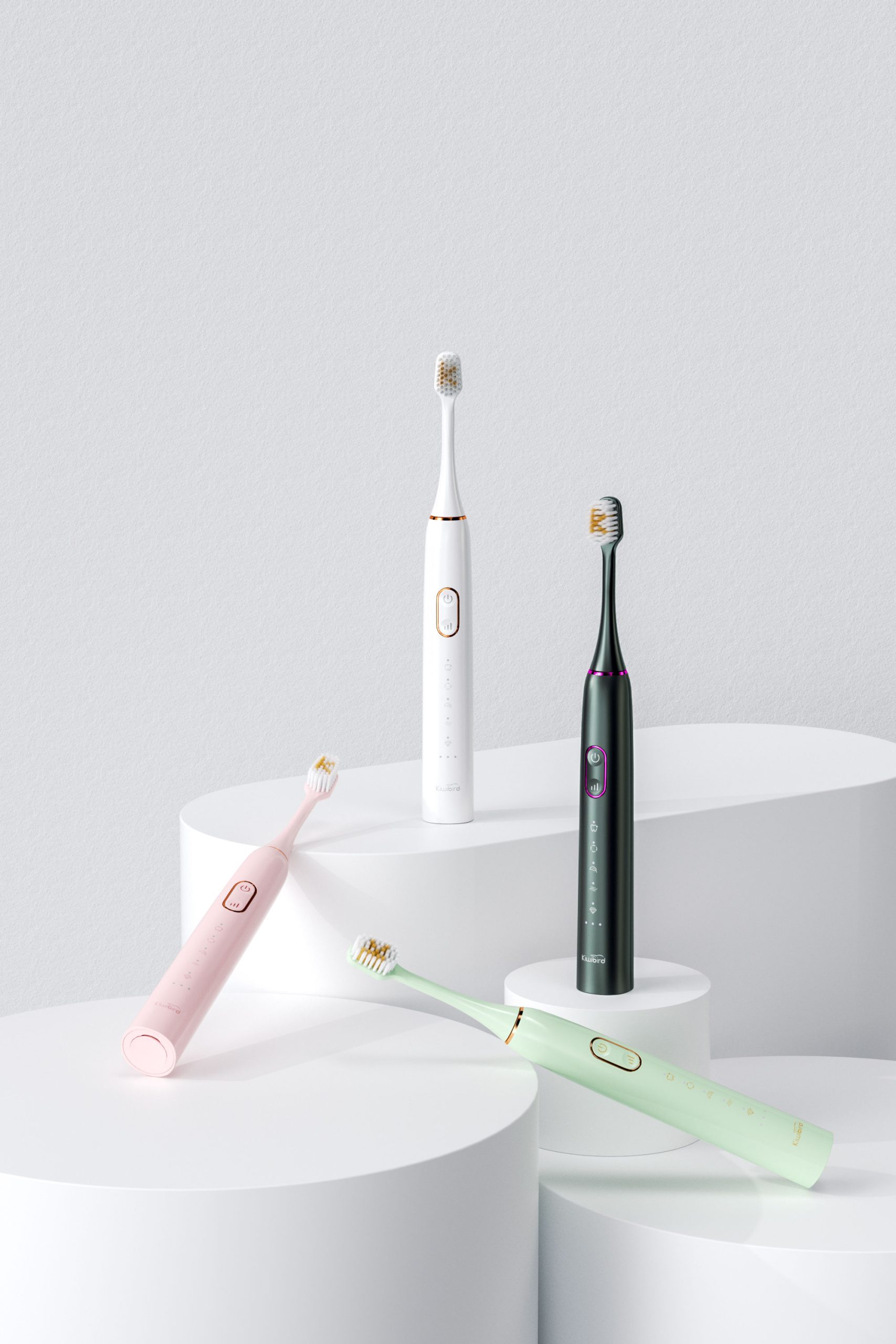
Which Electric Toothbrush With Whitening Works Best?
Can Short Tank Runtime Delay Oral Ulcer Care?
Whitening Rebound with Gel Crystallization – Preventable?
.jpg)
Can a Water flosser cure Gum sensitivity?
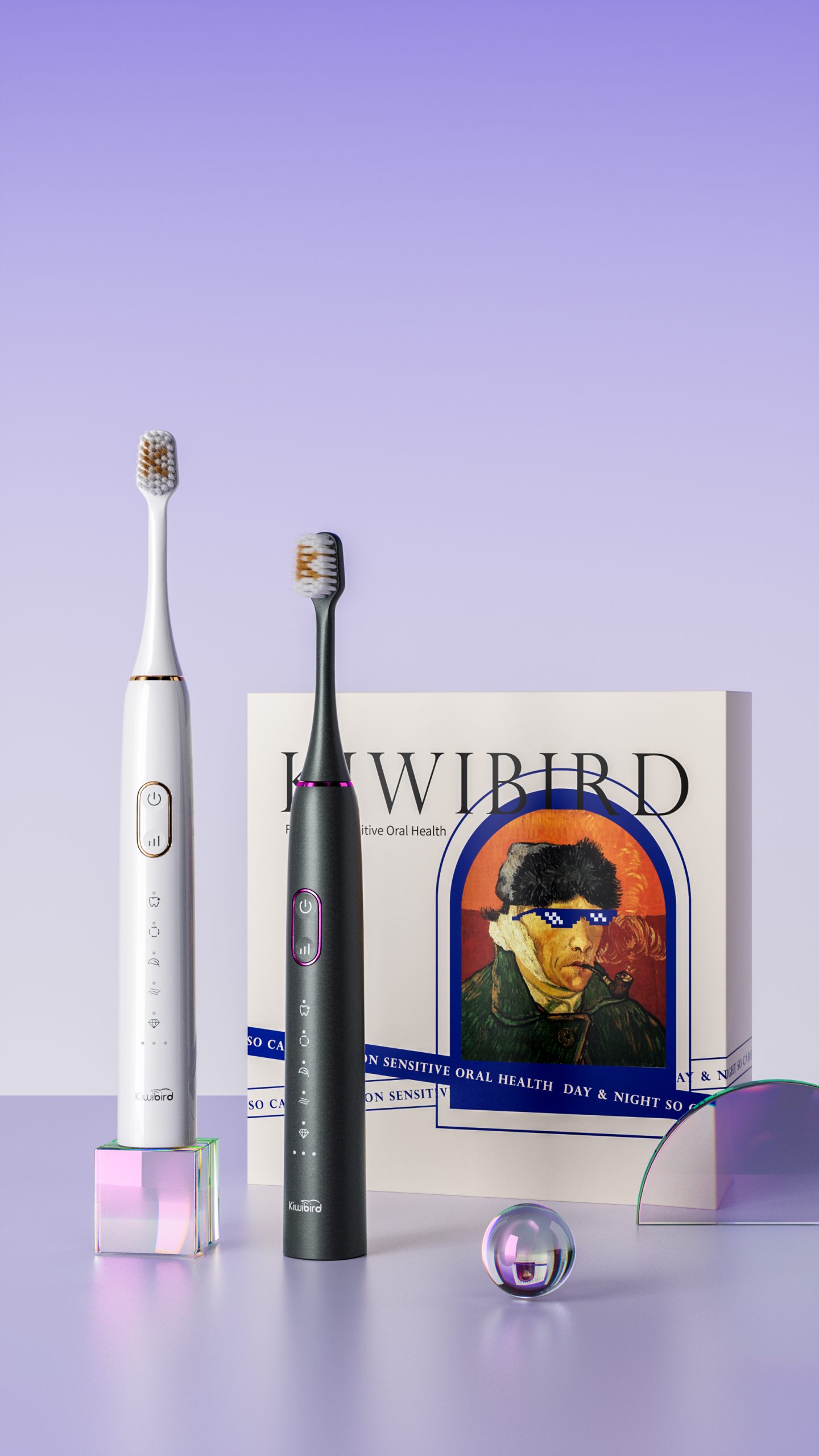
Does Non-Toxic Kids Brush OEM Risk Child Safety?
Chemical Residues Triggering Throat Irritation – Toxic?
Battery Depletion with Pressure Fluctuation – Linked?
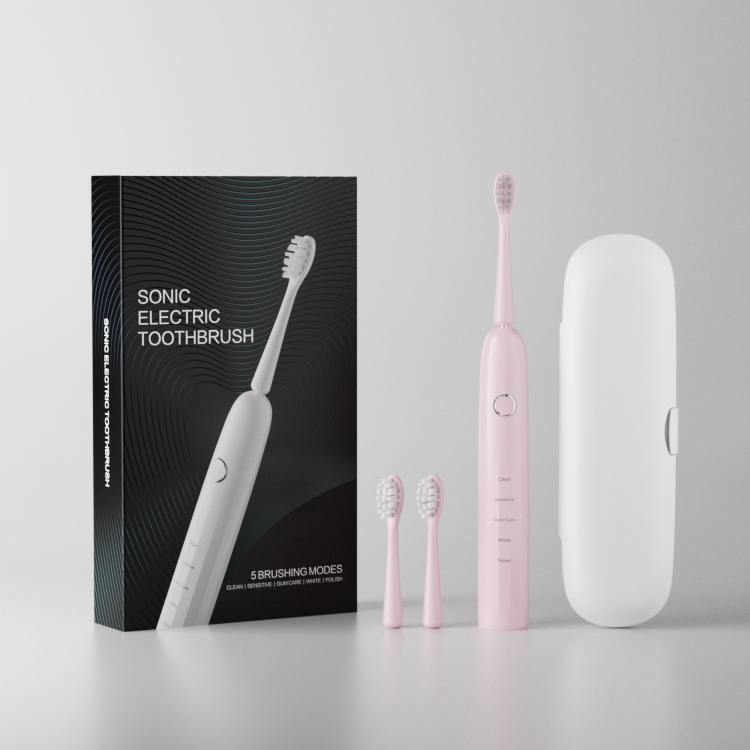
Which of the Two Marketing Strategies for Electric Toothbrushes – “Feature Overload” or “Simplicity and Practicality” – Would You Choose?
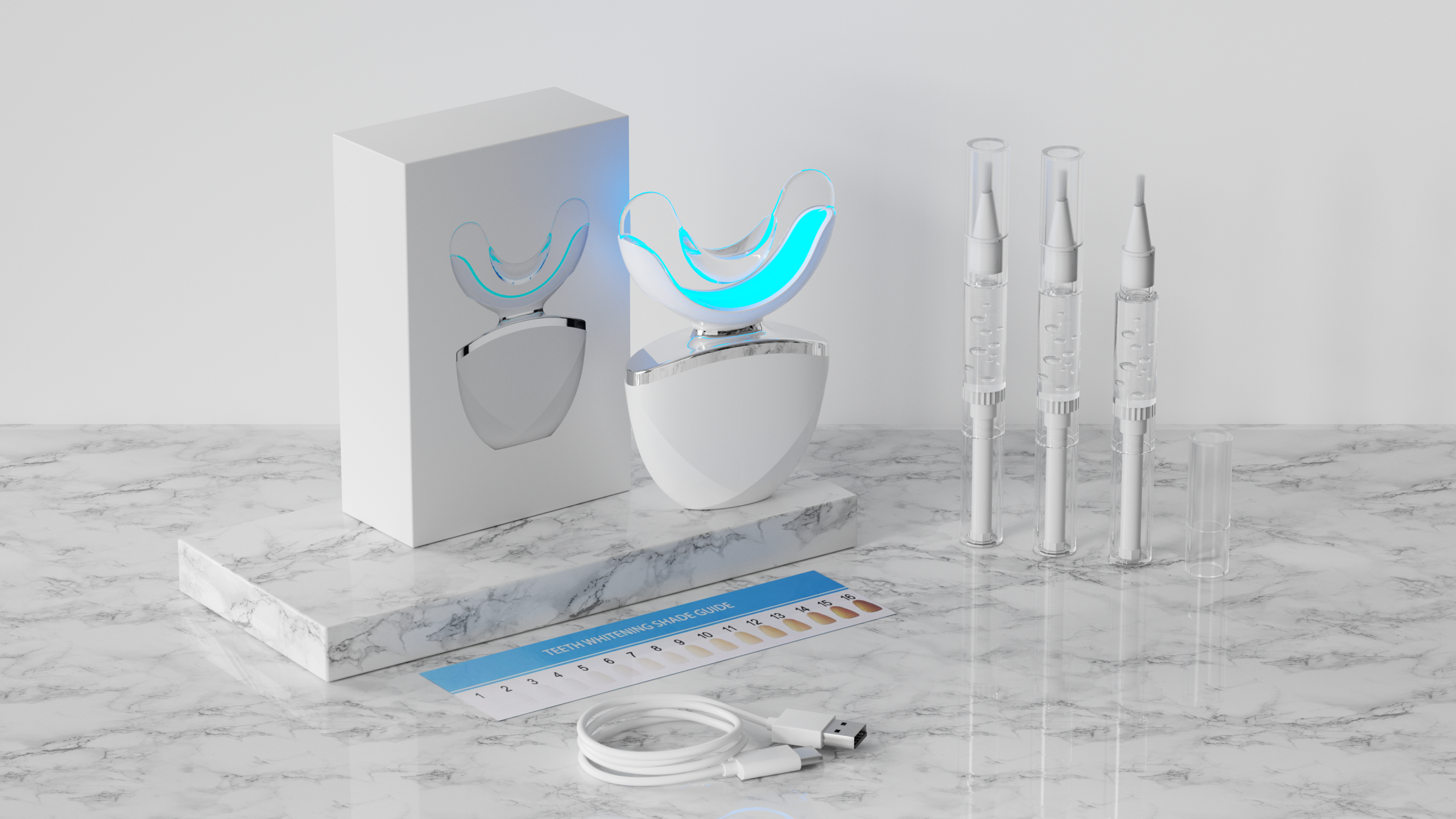
How Much Does It Cost to Whiten Teeth at Home? – OEM Teeth Whitening Kit Pricing

The Main Factors Contributing to the Rising Popularity of Household Teeth Whitening Products
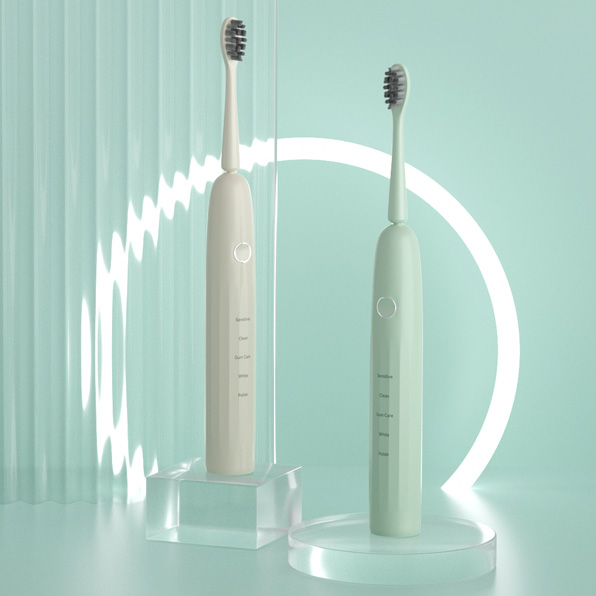
Electric Toothbrush for Family Diwali Gift: Seasonal OEM Solutions
.jpg)
Looking for a Toothbrush Supplier with Toothbrush Replacement Heads?

What Should I Pay Attention to When Using a Teeth Whitening Device?
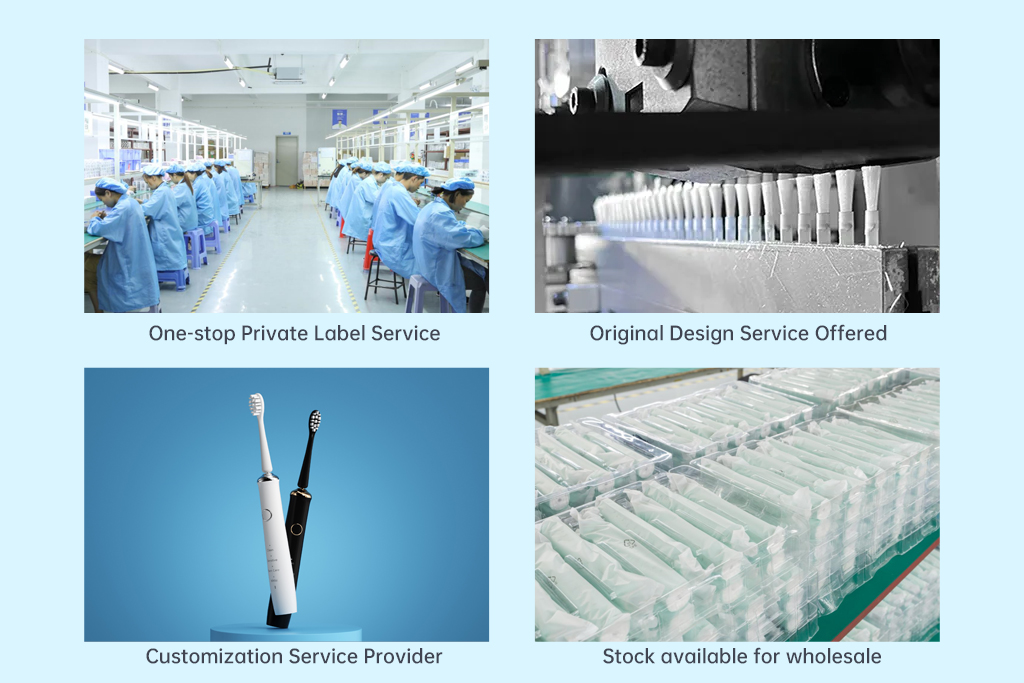
Bulk Personalized Electric Toothbrush: Custom Manufacturing Services

Essential orthodontic Oral Care Products for Orthodontic Patients: Key Elements & Solutions

What can be customized in OEM water flosser?

Private Label Whitening Gel

Electric toothbrush heads Charcoal Infused-Diamond

electric toothbrush heads Deep Clean

electric toothbrush heads Charcoal Infuse-Round

electric toothbrush heads Ultra Soft

electric toothbrush heads Regular Clean
.jpg)
Florida Electric Toothbrush – Powsmart PTR-C8

Customization Teeth Whitening Gel
whstapp
whstapp
National Toll-Free Service Hotline
+86 755 86238638